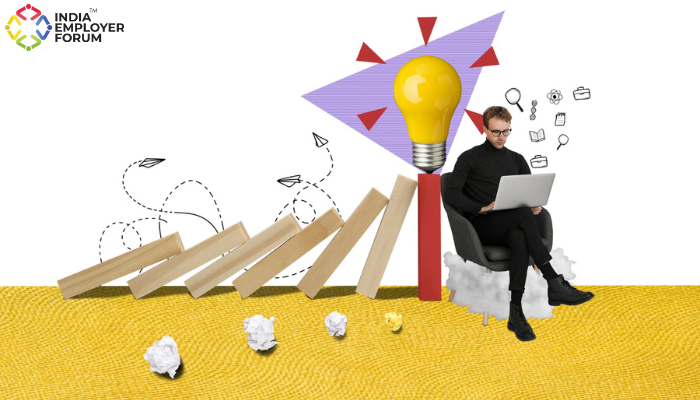With the Indian business moving at a rapid pace, the imperative of learning and development (L&D) has evolved beyond mere skill acquisition. It now encapsulates fostering a culture of continuous growth and empowerment within organisations. With the advent of innovative methodologies, such as the gamification in learning and development, enterprises are revolutionising their approach to reskilling and upskilling, propelling employees towards excellence.
Aparna C, CHRO at Torry Harris Integration Solutions, rightly emphasises, “As a CHRO, I recognise that the journey of learning and development is not just about acquiring knowledge; it’s about fostering a culture of continuous growth and empowerment. By embracing gamification, we transform traditional learning experiences into engaging, immersive journeys that inspire teams to unlock their full potential. Through gamified learning, we unleash the power of play to ignite curiosity, drive motivation, and cultivate a dynamic environment where every individual thrives.”
Gamification in learning and development involves integrating elements of game mechanics, such as points, levels, badges, and challenges, into educational content and training programs. This approach leverages intrinsic motivators like competition, achievement, and progress, making learning experiences more engaging, enjoyable, and effective.
One of the primary benefits of gamified learning lies in its ability to enhance learner engagement and motivation. By infusing elements of competition and achievement, employees are incentivised to actively participate in training activities, driving higher levels of knowledge retention and application.
Moreover, gamification fosters a sense of progression and accomplishment, as learners advance through levels, earn badges, and unlock rewards. This not only boosts morale but also instils a growth mindset, encouraging individuals to continually seek opportunities for improvement.
Furthermore, gamified learning environments facilitate personalised learning experiences, catering to diverse learning styles and preferences. Through interactive simulations, branching scenarios, and role-playing exercises, employees can apply theoretical knowledge in real-world contexts, enhancing skill acquisition and proficiency.
Additionally, gamification enables organisations to collect valuable data insights into learner behaviour and performance. By analysing engagement metrics, completion rates, and skill proficiency levels, L&D professionals can iteratively refine and optimise training content, ensuring maximum impact and effectiveness.
To conclude, the ability to adapt and acquire new skills is essential for organisational success. By leveraging the gamification in learning and development, enterprises can transform reskilling and upskilling initiatives into immersive, engaging experiences that empower employees to thrive in an ever-changing environment. As Aparna C aptly puts it, “Gamification not only revolutionises learning but also cultivates a culture where every individual is motivated to embark on a journey of continuous growth and development.”
References:
- The Role of Gamification in Learning | SumTotal | May 2022
- Play And Learn: Exploring The Power Of Gamification In Employee Learning And Development | eLearning Industry | Feb 2024
- How Gamification at Work Fits Into Learning & Development | Reworked | Apr 2023
You might also be interested to read: Deciphering Work-Based Learning




